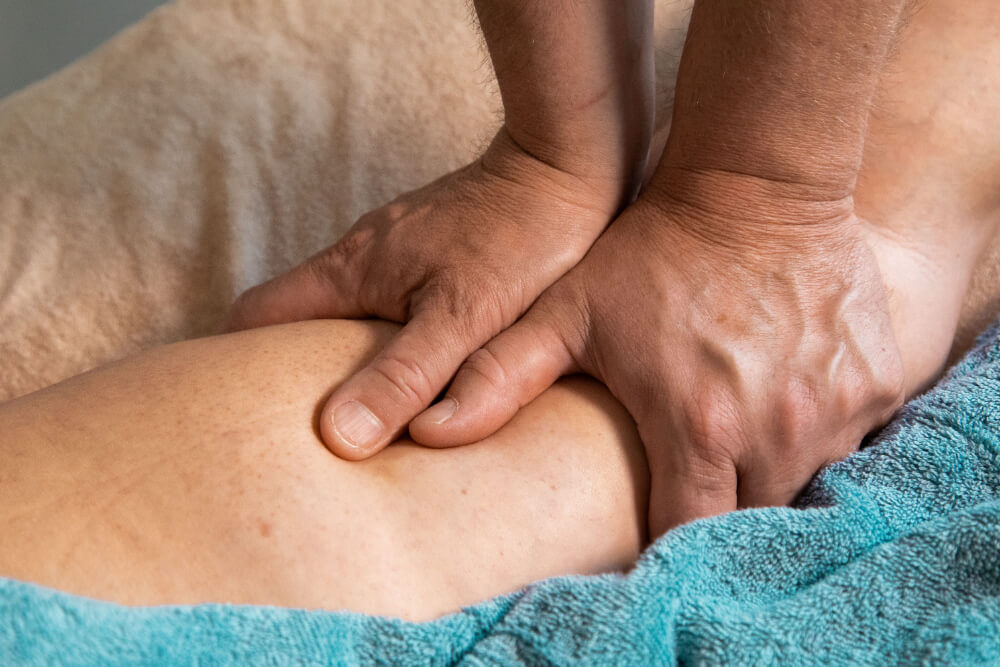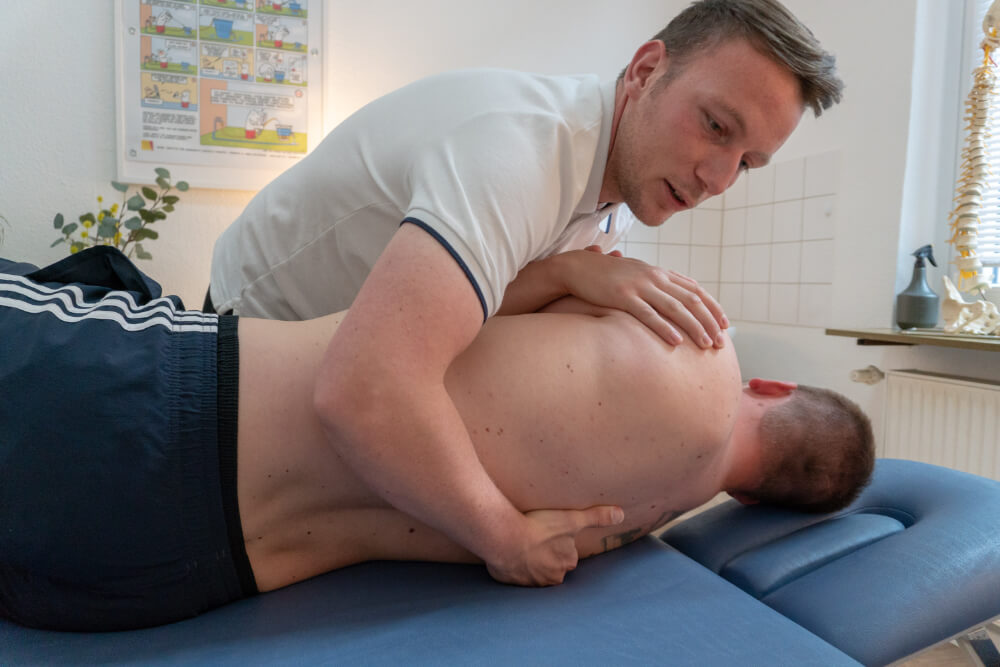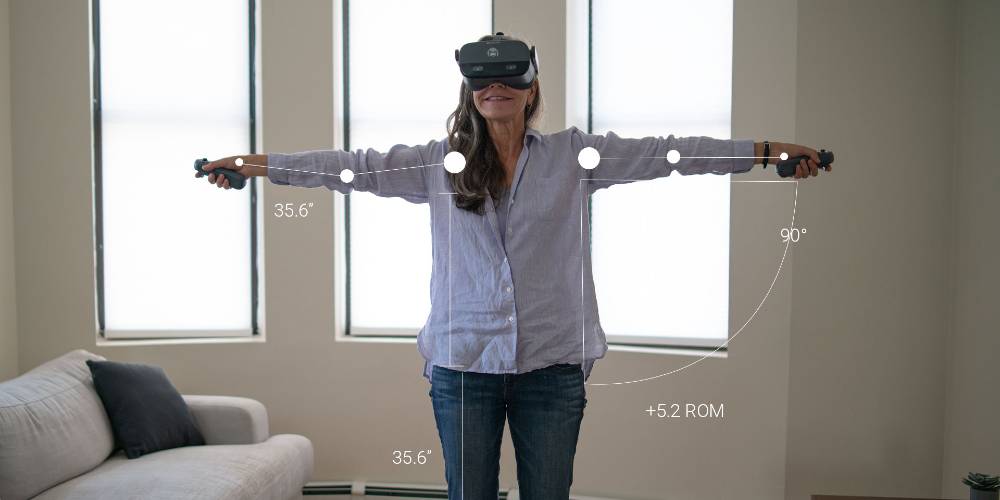It’s a common question. As you think about your journey towards relief and recovery, an expected timeline will likely be of interest. How long will it be until you feel — and get — better? How many sessions will you need? How long is a physical therapy session anyway?
In this article, we’ll dive into the details. We’ll unpack what you should expect so you’re not flying blind. But before we do, it’s important to start with a note…
Healing depends on a range of factors that can speed or slow recovery. This isn’t good or bad as such; this knowledge will simply help you understand the complex factors that are involved. These include:
— the type of injury or condition
— the body part involved
— how long you’ve had a condition
— age
— health status (including coexisting illnesses, or “comorbidities”)
— nutrient sufficiency
— quality of sleep
— stress
— genetics
— smoking status
— mindset
— whether professional advice is followed
— other complicating factors
Timeframes also depend on what is meant: relief, full recovery, or maintenance. Often, meaningful relief is achieved well before recovery. That is assuming full recovery is possible. Sometimes the aim is stable preservation of function and capacity, rather than complete recuperation.
With that said, let’s discuss what you can expect from an entire treatment course and individual sessions.
Table of Contents
Entire Treatment Course: How Long Does Physical Therapy Take?
Great question!
To determine a treatment course’s length, a good physical therapist will consider the above factors – including your aims and capabilities – to create a tailored plan. The recommendation will also take into account healing time…
Healing plays an important role, and tissues heal at different rates. For example, muscle heals faster than bone, bone heals faster than ligament, and ligament heals faster than cartilage. So, a muscle tear will tend to recover quicker than a broken bone, which will tend to recover quicker than a torn ligament.
Typical Number of Physical Therapy Visits by Condition
The average number of physical therapy visits also depends on the condition involved…
For an injury like a moderate sprained ankle, the healing time is around four to 6 six weeks. Here, physical therapy will help to restore motion and function quite quickly. A matter of weeks to a month of care may be sufficient.
For chronic conditions like fibromyalgia or other forms of chronic pain, the brain needs time to rewire and the body to respond. This means an extended plan will provide the best outcomes.
For degenerative conditions like multiple sclerosis (MS), an ongoing treatment plan will help to maintain current function. This can be thought of as a supportive, functional aim rather than a short-term goal.
Your motivation and adherence to your “homework” will make a profound difference. You can think of this like attending a gym . If you pump iron three times per week, you’ll build muscle and strength better and faster than one visit every two weeks. When it comes to physical therapy, when you consistently perform your prescribed at-home exercises, you’ll enhance the level and speed of your recovery.
At XR Health, we generally recommend telehealth sessions on a weekly basis. Regular consults with a dedicated licensed therapist are crucial for your progress and success. Our packages include unlimited use of a virtual reality (VR) headset and technology, with personalized advice for out-of-session VR exercises. Completing the recommended exercises between sessions will speed your recovery and so shorten the required course of care.
Treatment courses with XR Health are — on average — six to eight weeks. However, individual needs vary. That’s why we personalize each care plan.
How long is physical therapy needed: understanding the recovery process
Recovery has a number of phases. A good physical therapist will take a thorough history and assessment to determine where you fit along this spectrum; what phase of the healing journey you are in. Once this is known, appropriate care can be prescribed.
Initially, the aim is to minimize damage, inflammation, and pain. The next step prioritizes flexibility, mobility, and strength. The next task is to restore normal function and capacity. Following this, the maintenance of gains and prevention of re-injury or regression becomes the focus.
As you can imagine, the treatment you receive will depend on your goals, too…
For example, if someone has a significant amount of fibromyalgia-related pain, the initial aim might be to lower discomfort levels. After completing a six-to-eight week treatment course, there will likely be a marked reduction in pain. The positive effect this has on quality of life is inspiring. So, they might wish to continue care in order to maintain the gains made and aim for further benefit.
Average number of physical therapy visits needed
As you’ve already learned, there are many variables. The exact number of visits required “depends”. But this doesn’t help to provide you with an answer to the question, “How long does physical therapy take?” So, let’s have a look at some general estimates…
Shoulder, knee, foot, or ankle conditions often respond well with around seven physical therapy sessions.
For low back pain, the average number of PT sessions is between 7.3 and 9.1.
According to The American Psychological Association, research suggests that — on average — 15 to 20 sessions are needed for 50% of patients with anxiety to recover.
A study published in the journal, Cephalalgia, investigated tension-type headaches. The authors found that a treatment period of six weeks, which included physical therapy and a specific exercise program, was very effective at reducing headache duration, frequency, and intensity.
Unsurprisingly, the best way to determine the right path for you — the one that takes into account your current health situation and your goals — is to book a consultation with an expert virtual physical therapist. At XR Health, we deliver care virtually. We can help you wherever you live.
How Long is a Physical Therapy Session?
Now that you have a greater understanding of the course of treatment, you might wonder, “How long is a PT session?” Again, this can vary but most individual sessions last between 30 to 60 minutes. This time allows your therapist to:
— conduct an examination
— analyze movement patterns and dysfunctions
— provide accurate diagnosis
— determine a plan
— reassess your data
— ask and answer questions
— continue to update care as you progress
— teach, monitor, and alter your exercises and other “homework”
Why is it important to adhere to your recommended course of treatment?
The average number of physical therapy visits varies, but your course is determined with your health status, condition, function, and goals in mind. But, like in the gym, having good intentions is not enough. You must do the work to gain the benefit.
When it comes to recovery, the devil is in the details. The right treatment and tailored exercises — those designed especially for you — matter greatly. Regular sessions ensure you receive expert advice and treatment updates precisely when they’re needed. This maximizes outcomes and reduces the risk of injury or symptom exacerbation.
Individual physical therapy session times and your course of care are your pathway to the fastest, most complete recovery, to prevention of injury or re-injury, and to a better quality of life.
If you’re struggling to stick to your plan, read our article dedicated to realistic tips to help with your treatment adherence.
Why choose XRHealth for your physical therapy?
Physical therapy is a powerful intervention used by millions of people around the globe to regain control of their health. With so many choices, why choose XRHealth?
At XRHealth, our therapists are degree-qualified and licensed. They are experts in their field. As with all healthcare, the better the advice and treatment, the better the outcomes!
Our home treatment programs eliminate the commute, save time and money, and make sitting in an appropriately named “waiting room” redundant. The virtual nature also means risk of contagious infection is eliminated.
For those who struggle to leave their home, moving from a physical therapist’s office to a safe online space banishes this problem. We deliver effective treatment digitally.
We also provide access to cutting edge technology that enhances results. Virtual reality and specialized apps aren’t readily available, yet they form a key component in our advanced approach.
Along with being efficacious, our approach is fun! Our patients love that their once chore-like treatment becomes game-like. In fact, our technology can improve results because it’s easy to perform your exercises when they’re playful. There’s no reason why your recovery needs to be mundane.
Get started with XRHealth’s online physical therapy now. We’re sure you’re going to love it, just like our other patients do!












